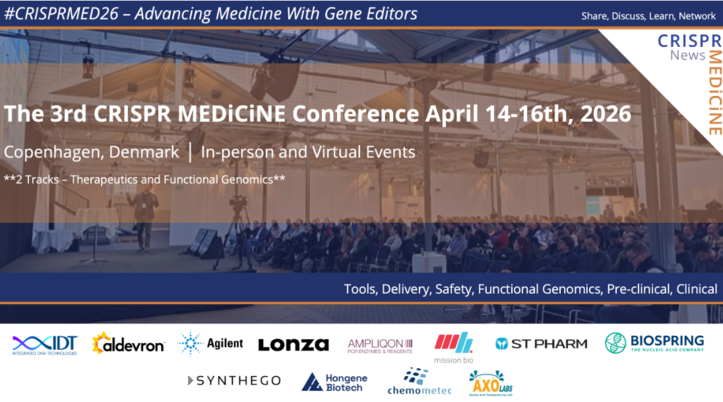Genome Editing With Cas9 and AAV Generates Frequent Insertion of Viral Vectors That Are Difficult to Detect
Gene-editing strategies based on CRISPR-Cas9 delivered via adeno-associated virus serotype 6 (AAV6) is among the most efficient approaches to targeted gene knockins.
Now, a group of researchers led by Professors Ravi Majeti MD, PhD (Stanford Medicine and University of Tokyo) and Hiromitsu Nakauchi PhD (Stanford Medicine), report that this system can result in frequent concatemeric insertions of the viral vector genome at the target site that are difficult to detect. Such events can result in dangerous and unpredictable phenotypes that defeat the objectieves of precise genome editing.
In an article published yesterday in Nature Biotechnology, the team report concatemeric knockins in more than half of the analysed edited human cells included in the study, that these events occurred irrespective of locus, vector concentration, cell line or cell type, and that they were not picked up by common analytical methods.
In the article, they present strategies to detect and characterise the concatemeric viral vector insertions, and as well as strategies to prevent their occurrence by cutting the vector genome after transduction.
Read the article in Nature Biotechnology here.
To get more CRISPR Medicine News delivered to your inbox, sign up to the free weekly CMN Newsletter here.
Tags
CLINICAL TRIALS
Sponsors:
Suzhou Maximum Bio-tech Co., Ltd.
Sponsors:
Zhejiang University







